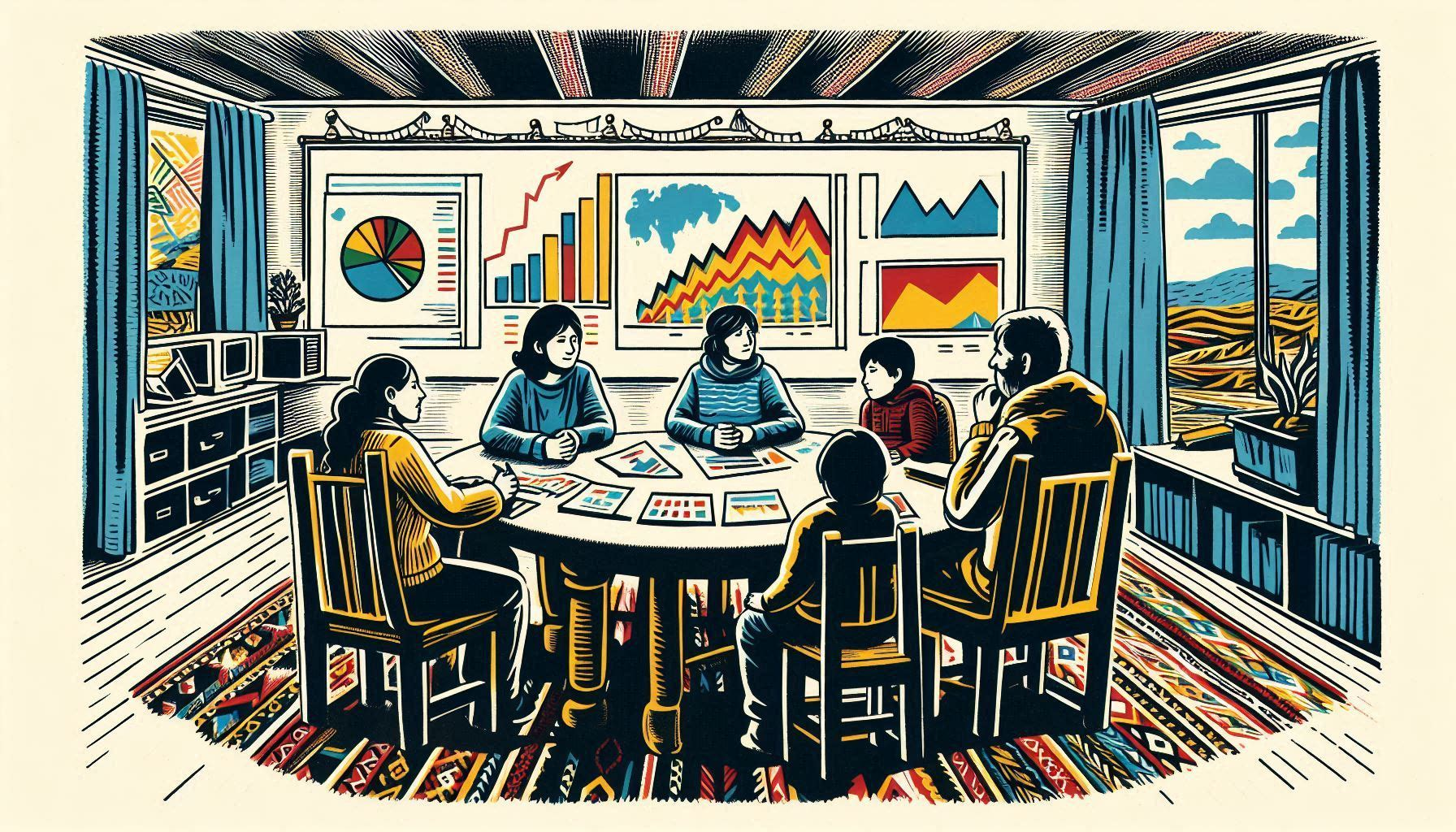
· Cuñapé · Economía · 4 min read
¡Hola de nuevo, queridos compatriotas! In our previous discussion, we explored the roots of Bolivia’s current economic challenges. Now, let’s venture into the future and imagine how this situation could develop. Remember, these are potential scenarios based on our current understanding – the future is never certain, but exploring possibilities can help us prepare and make informed decisions.
Scenario 1: Central Bank Capitulation
One potential outcome is that the Banco Central de Bolivia (BCB) may be forced to abandon the fixed official exchange rate, allowing the boliviano to float freely against the US dollar.
What Could Drive This Scenario?
Dwindling Foreign Currency Reserves: While Bolivia has maintained a trade surplus in recent years, supported by high natural gas prices, a sudden shock or prolonged decline in exports could rapidly deplete our reserves.
Loss of Market Confidence: If investors and the public lose faith in the BCB’s ability to maintain the peg, it could trigger a mass sell-off of bolivianos, forcing a devaluation.
Potential Consequences:
- Short-term economic instability and possible inflation spike
- Improved export competitiveness in the long run
- Potential for increased foreign investment as the currency finds its market value
Historical Precedent:
Remember Argentina’s experience in 2002 when it abandoned its currency board? While initially chaotic, it eventually led to economic recovery. However, Bolivia’s situation is different, and we’d need to carefully manage such a transition.
Scenario 2: Maintaining Government Mandate
Alternatively, the government might double down on its commitment to the fixed exchange rate, viewing it as a pillar of economic stability.
Driving Factors:
- Political will to avoid perceived economic instability
- Concern about the impact of devaluation on vulnerable populations
Potential Consequences:
- Continued pressure on foreign currency reserves
- Possible growth of the parallel exchange rate market
- Risk of sudden, uncontrolled devaluation if reserves are depleted
Key Consideration:
While this approach might provide short-term stability, it could lead to larger, more painful adjustments in the future if underlying economic imbalances aren’t addressed.
Scenario 3: Large Foreign Loans
Bolivia might secure substantial foreign loans from institutions like the World Bank or IMF to bolster its reserves and support the official exchange rate.
Implications:
- Temporary relief from foreign currency pressures
- Likely conditions requiring economic reforms
- Potential for long-term debt burden
Historical Context:
Many Latin American countries have turned to international financial institutions in times of crisis. While these loans can provide breathing room, they often come with stringent conditions that can be politically challenging to implement.
Scenario 4: Achieving a Sustained Trade Surplus
A more optimistic scenario involves Bolivia successfully diversifying its exports and improving competitiveness, leading to a consistent trade surplus.
Key Elements:
- Diversification beyond natural gas exports (e.g., lithium, agriculture)
- Investments in infrastructure and education to boost productivity
- Reforms to attract foreign investment in export-oriented industries
Potential Outcomes:
- Strengthened foreign currency position
- Reduced pressure on the boliviano
- Sustainable long-term economic growth
Challenges:
This scenario requires long-term planning, significant investments, and possibly difficult structural reforms. It’s not a quick fix but could provide lasting benefits.
The Wild Card: Bitcoin and Cryptocurrency Adoption
As we’ve seen in other countries facing currency challenges, there’s a possibility that Bolivians might increasingly turn to cryptocurrencies like Bitcoin as a hedge against inflation and currency controls.
Potential Benefits:
- Protection against boliviano devaluation
- Easier cross-border transactions
- Financial inclusion for the unbanked population
Challenges:
- Regulatory uncertainty
- Volatility of cryptocurrency prices
- Need for improved digital infrastructure
Regional Context:
We’ve seen increased crypto adoption in countries like Argentina and Venezuela during times of economic stress. While not a solution to underlying economic issues, it could provide individuals with an alternative store of value and medium of exchange.
Conclusion: Navigating an Uncertain Future
As we can see, Bolivia’s economic future could unfold in various ways, each with its own set of challenges and opportunities. The path we ultimately take will depend on a complex interplay of economic factors, policy decisions, and external events.
What’s crucial is that we, as citizens, stay informed and engaged in these economic discussions. Understanding these potential scenarios can help us make better personal and collective decisions, and perhaps even influence the policies that shape our economic future.
¿Qué piensan ustedes, compatriotas? Which scenario do you think is most likely? Are there other possibilities we should consider? Let’s continue this important conversation about our economic future.
In our next post, we’ll explore some practical steps that individuals and businesses can take to navigate these uncertain economic times. ¡Hasta la próxima!


